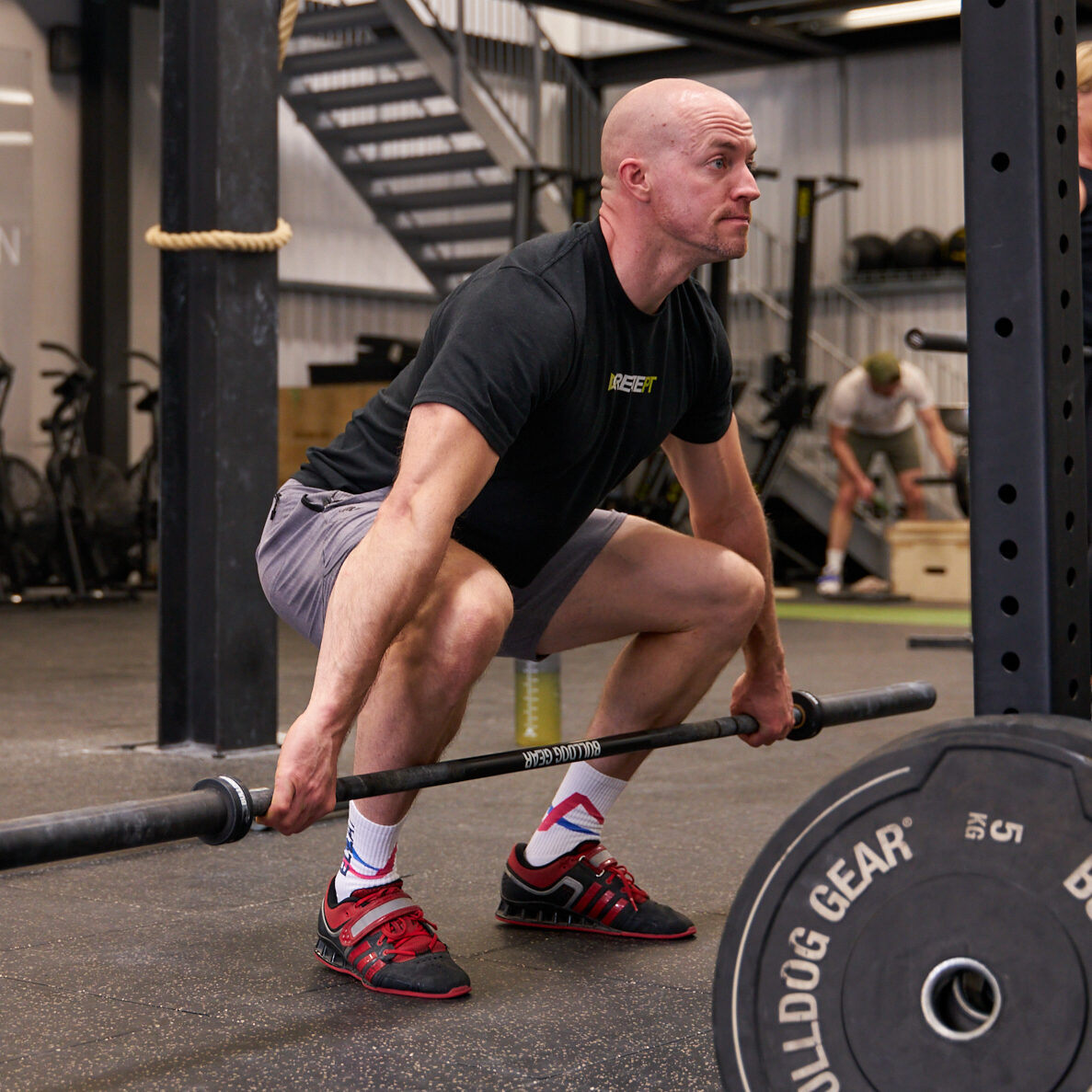Olympic weightlifting performance requires many physical performance qualities, including extension strength within the ankle, knee and hip extensors, positional strength within the spinal extensors and torso muscularity, explosive rate of force development and power outputs, mobility, flexibility, and the ability to rapidly stabilise the body. All of which have a significant transfer to sports performance.
Such a positive performance transfer makes the Olympic lifts and their different variations a valuable training method within a strength and conditioning coach’s performance training tool box. However, the technical and performance demands of Olympic weightlifting require a large commitment on behalf of the athlete and the coach, along with a sound knowledge of how to effectively progress an athlete’s Olympic weightlifting ability. Therefore, the aim of this short course is to educate performance coaches on the effective programming of Olympic weightlifting, both within the field of strength and conditioning, and within the sport of Olympic weightlifting itself, providing clarity on how to improve an athlete’s Olympic weightlifting performance.
Course Aims & Objectives
- Understand how Olympic lifts enhance power and rate of force development (RFD) in athletes
- Understand the various types of Olympic weightlifting training methods
- Be able to determine correct target ratios between the squat, push, and pulling absolute strength, and Olympic lifts
- Understand variations in Olympic lifts, such as hangs, powers, pulls, and complexes
- Design effective periodised Olympic weightlifting-based programs for beginner and advanced athletes
- Identify Olympic weightlifting movement weaknesses and know how to correct common technical errors in athletes




